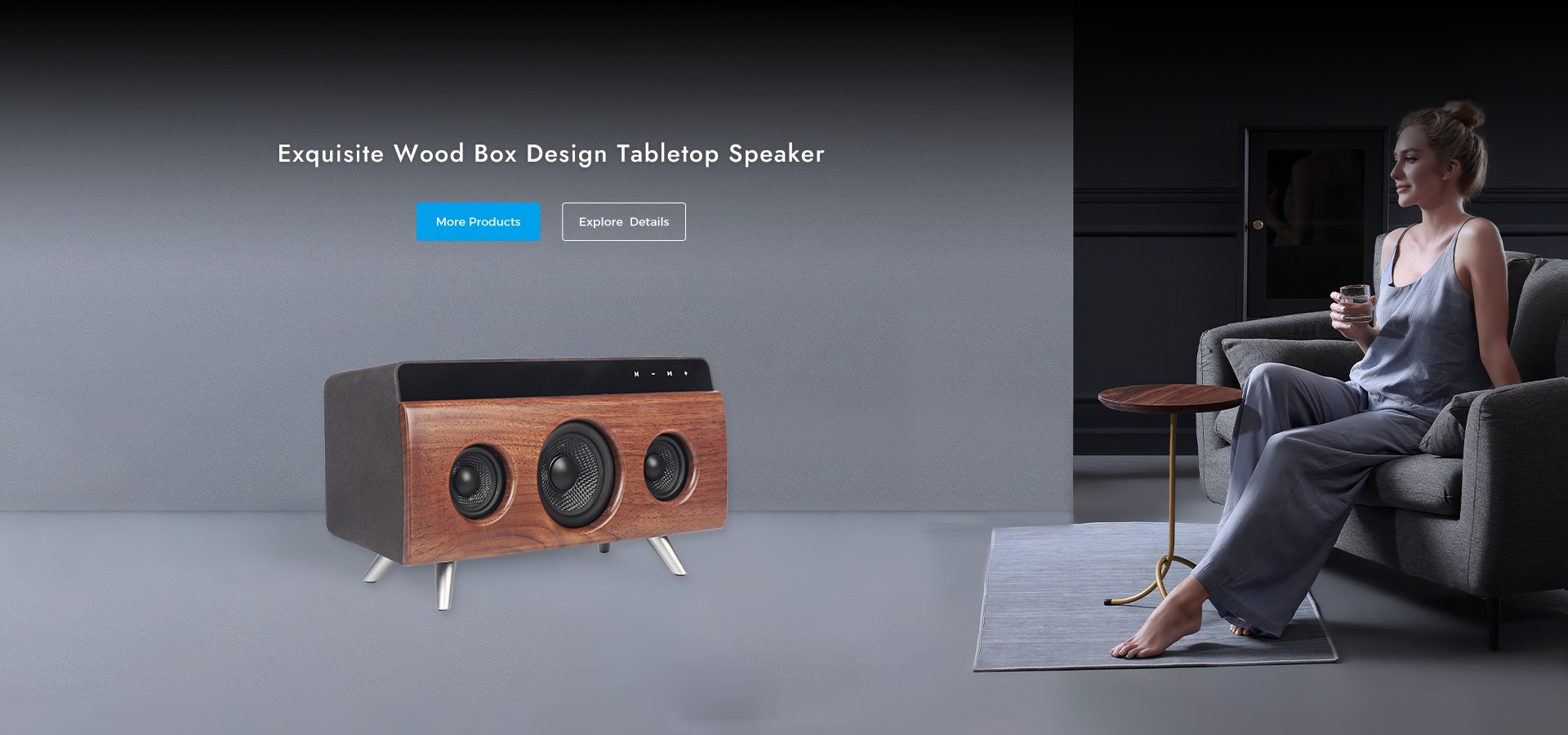In the audio system, the frequency divider generally refers to an audio peripheral device, which can divide the audio signal in the 20HZ-20000Hz frequency band into several suitable different frequency bands, and then feed it into the corresponding power amplifier to drive the corresponding speaker. Since it is an electronic device used to process and distribute audio signals, we often call it an electronic crossover. I won't say much about the detailed functions and working principles of the electronic frequency divider. Here, I'll just focus on a few aspects that you value or are often confused about.

The aim of our acousticians' research on electroacoustics and the continuous development of electroacoustic equipment and technology is to reproduce various sound sources as realistically as possible. Of course, it is impossible to reproduce the peculiar sounds of nature with the current electro-acoustic technology. As we all know, the frequency range of sound is from 20Hz to 20,000Hz. Currently, most front-end audio processing equipment can reach this frequency range. However, the current speaker has become a bottleneck. It is very difficult to use one or a few simple speakers to emit a sound with a wide frequency range of 20Hz-2000Hz, because the effective range of the operating frequency of a single speaker is not very wide. With this in mind, electro-acoustic engineers design speakers that work in different frequency bands, such as:
1. Woofer: Let it work in the frequency range of about 30-200Hz.
2. Medium and low speakers: let it work in the frequency range of about 200-2000Hz.
3. Tweeter: let it work in the frequency range of about 2000-20000Hz. In this way, we can use different types of speakers working in different frequency bands to configure a sound system that is close to the real sound frequency (20HZ-2000Hz). Of course, the components and parameters of the different speakers of the audio signal splitter are different. I use the three-point system as an example. There are actually other systems, such as two-way or four-way systems. In addition, due to the different speakers used in different audio systems, the operating frequencies of these speakers cannot be fixed, but the general principles and ideas are the same.